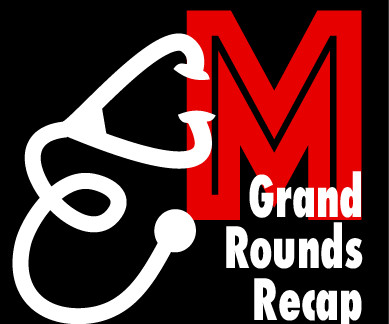REBEL Cast Ep116: The CLOVERS Trial – Restrictive vs Liberal Fluids in Sepsis-Induced Hypotension
RebelEM
MAY 18, 2023
Background: IV fluids are part of the standard resuscitation bundle in septic shock, however it is unclear if they provide a significant benefit. The secondary outcome of mortality was not statistically different however numerically favored the early use of norepinephrine. This resulted in better shock control by 6hrs (76.1%




























Let's personalize your content